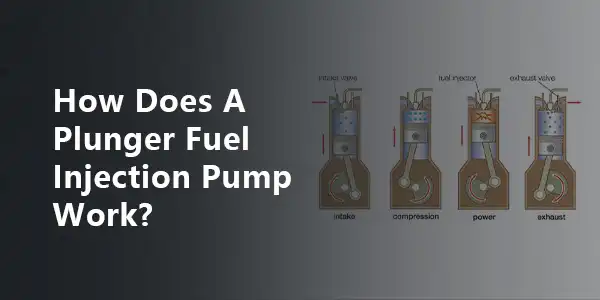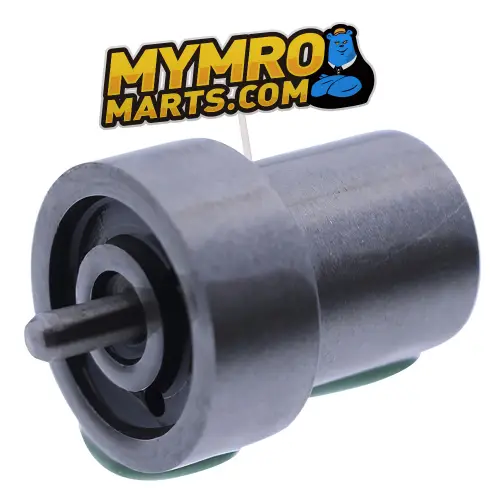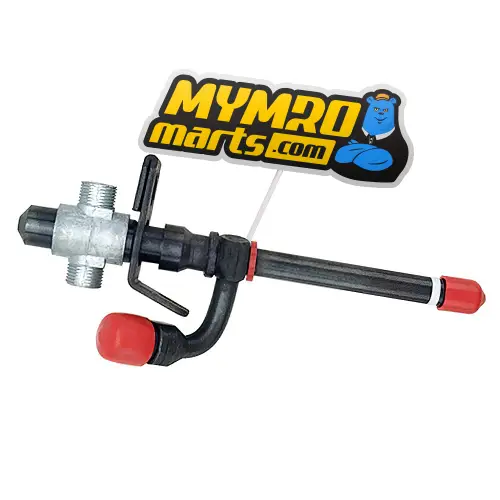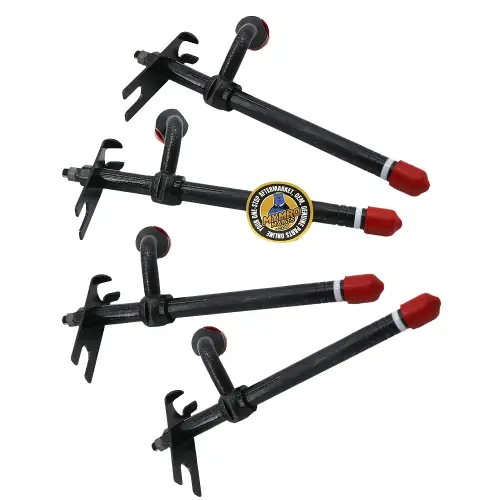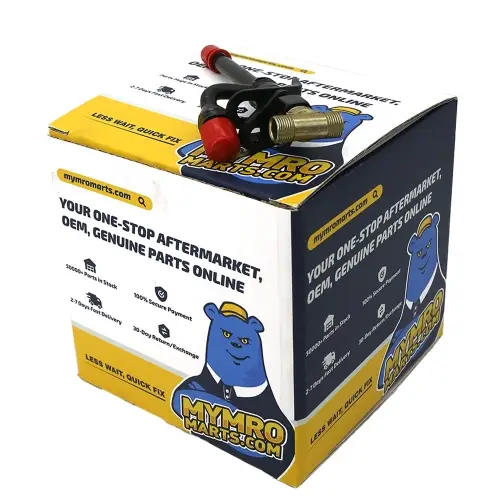How Does A Plunger Fuel Injection Pump Work?
As we all know, fuel injection pump types cover plunger fuel injection pump, fuel injection pump-injector, and rotor distribution fuel injection pump. In this article, we will introduce a plunger fuel injection pump.
what is a plunger fuel injection pump?
A plunger-type fuel injection pump controls the timing of fuel injection based on engine load and is used to prevent exhaust emissions and achieve quieter engine operation and quick engine speed recovery under full load conditions.
How does a plunger fuel injection pump work?
The basic movement mode of the plunger
The key part of the fuel injection pump is the plunger. If we use a common syringe in the hospital as an analogy, then the movable plug is called the plunger, and the syringe is called the plunger sleeve. Suppose a spring is installed in the needle to support the column. One end of the plug and the other end of the plunger contact the camshafts. When the camshaft rotates one revolution, the plunger will move up and down in the plunger sleeve once. This is the basic movement mode of the plunger of the fuel injection pump.
The plunger and the plunger sleeve
The plunger and the plunger sleeve are very precise matching parts. There is an inclined groove on the body of the plunger, and a small hole on the plunger sleeve is called a suction port. This suction port is filled with diesel oil. When the inclined groove of the plunger faces the suction port, the diesel oil enters the plunger sleeve, and the plunger is driven by the camshaft. When the plunger reaches a certain height, the inclined groove of the plunger is staggered from the suction port, and the suction port is closed, so that the diesel oil can neither be sucked in nor pressed out. When the plunger continues to rise, it presses the diesel oil, and when the pressure of the diesel oil reaches a certain level, it will open one way The valves flock out into the fuel injectors, and from there into the cylinder combustion chamber. It should be pointed out here that diesel engines have oil inlet pipes and oil return pipes. The plunger discharges a certain amount of diesel oil each time, only a part of it is sprayed into the cylinder, and the rest is drained from the oil return hole. The fuel quantity is used to adjust the fuel injection quantity.
When the plunger rises to the "top dead center" and then moves down, the inclined groove of the plunger will meet the suction port again, and the diesel oil will be sucked into the plunger sleeve again, repeating the above action again. Each set of plunger systems of the in-line fuel injection pump corresponds to one cylinder, and there are 4 sets of plunger systems for 4 cylinders, so the volume is relatively large, and it is mostly used in medium-sized and above vehicles. For example, diesel engines on buses and large trucks generally use in-line fuel injection pumps.
 Track Your Order
Track Your Order




